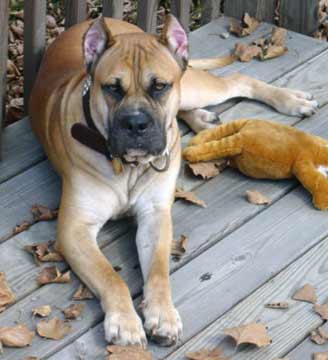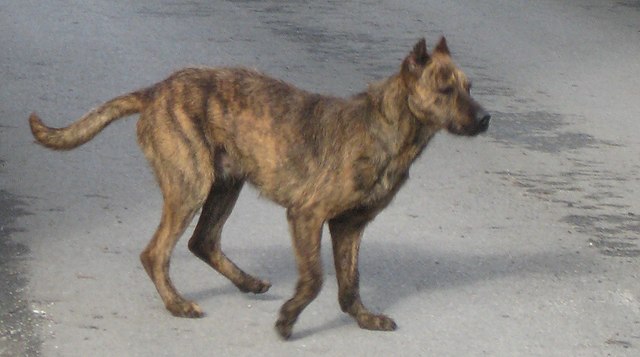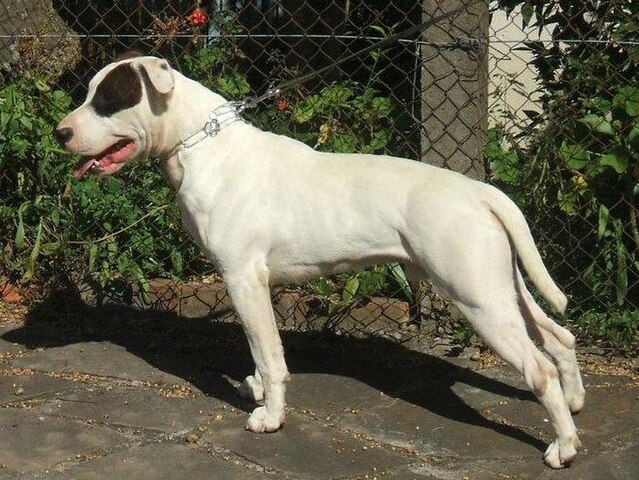The Majorero is an old Spanish working breed that has been around for centuries. He was used as a sheep and cattle herder, protector of the home and flock, and as a farm companion. Recognized as a native breed by the Real Socieded Canina de España (Spanish Kennel Club) in 1994, the breed is actually thought to be 500-600 years old. This very old breed is also low in numbers and as it started to reach almost-extinction levels, the Association for the Conservation of the Perro Majorero was organized in 2008 in order to save it. Slowly the public in Spain is re-discovering this ancient breed and numbers are beginning to climb slowly upward. That said, this still remains a very rare breed and is virtually unknown in most of the world.
Majoreros do best in homes with yards as not only do they need room to roam, but as ranch dogs they actually enjoy being outdoors more than being stuck inside. A moderate amount of daily exercise in addition to yard time is recommended to keep their muscles and minds healthy, although surprisingly they aren’t good candidates for strenuous exercise either. Historically they spent most of their time slowly wandering their domains while keeping watch, and aren’t as active as most other ranch-type breeds. They are recommended for experienced dog owners without small children as they are a territorial guarding breed which can be dominant as well as aggressive (to strangers) in the wrong hands. This is a dog that needs early and frequent socialization combined with proper training and strict household rules.
When it comes to training, the Majorero can be stubborn as he was bred to work fairly independently and to think for himself. Consistency is key, as well as an owner that understands how to be firm while training. It will take time to teach him, and even more time for the commands to become reliable. Take note that the breed doesn’t tend to get along well with other dogs, and while training will ideally allow him to tolerate their presence he likely won’t be a good candidate for a multi-dog household. On the plus side, however – his natural instincts for guarding and herding take little to no training at all in order for him to do those jobs! As a dog that thrives on having a job to do, it is actually recommended that he be given some sort of task to keep his mind stimulated.
The Majorero has a dignified and well-behaved temperament in the home, however he is protective and passionate about making sure his family is safe. When no danger is present, however, he is quietly affectionate and gentle with those whom he knows and loves. This is not a breed that will lick you to death or be otherwise overly demonstrative with his affections – instead opting for a more reserved display of his fondness. Except when danger arises, he is generally very calm.
There is a bit of variation between one Majorero and the next as this breed was developed solely for working purposes. Conformation wasn’t deemed important at all in the early years of the breed and it was only recently that a standard was actually drawn up. This said, according to the standard the dog should be medium in size with a compact square body and a croup that is higher than the withers. Weight varies considerably from about 55 pounds in a small female, to close to 100 pounds in a large male. Double dewclaws are an important featured trait. The color is always brindle and may actually have a greenish hue in the sunlight, despite there being no actual green in the coat. The coat is short, thick, and fairly soft. The standard also states that the tail is traditionally docked up to the hock joint only, which means only the last few vertebra are taken, giving him a slightly shorter tail.




